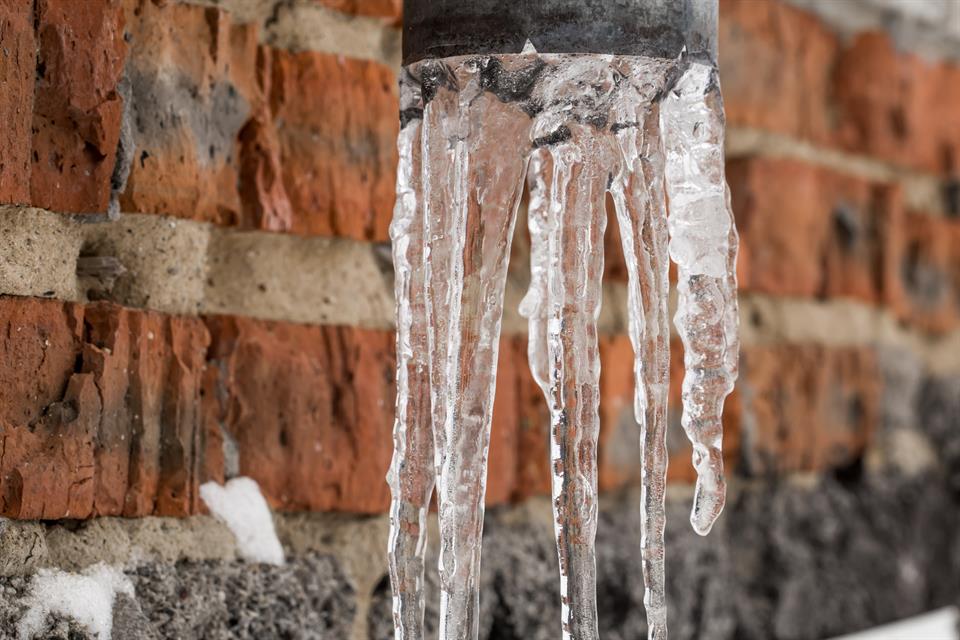Damage Assessment and Eligibility
FEMA payout amounts in Texas are based on the severity of damage, the applicant's financial situation, and whether the affected area qualifies for federal disaster aid. After a disaster, state and local officials conduct a Preliminary Damage Assessment (PDA) to determine if the region meets federal thresholds for a disaster declaration. Once FEMA assistance is approved, individual households can apply for aid. FEMA inspectors assess the property to verify reported damages and determine what assistance may be available under programs like the Individuals and Households Program (IHP).
Types of Available Assistance
FEMA does not replace insurance or provide full recovery coverage. Instead, it offers grants to meet basic needs. Payouts typically fall into three categories: Housing Assistance (such as temporary lodging, rental aid, or limited home repairs), Other Needs Assistance (ONA), and Hazard Mitigation Assistance. ONA may cover essential items like personal property, vehicle repair, medical equipment, and funeral expenses. The maximum payout under IHP is adjusted annually for inflation and is currently capped at around $42,500 for housing and $42,500 for other needs (as of 2025), though not all applicants will receive the full amount.
Insurance as a Factor
FEMA assistance is secondary to insurance. If you have homeowners or flood insurance, you must first file a claim with your insurer. FEMA may help cover what insurance does not, but duplicate benefits are prohibited. This means your insurance settlement will be deducted from any eligible FEMA award. Those without insurance may qualify for larger payouts, but only for basic, non-luxury repairs and essential needs. Applicants must also demonstrate financial need to receive assistance, especially under ONA.
Inspection and Appeals
FEMA sets up a review once an application is sent in. Inspectors look at damage to important parts of the house, like the plumbing, electrical systems, HVAC units, and the building's structure. They also figure out how much personal property needs to be replaced. Applicants get a letter from FEMA explaining their choice. If the household doesn't agree with the outcome, they have 60 days to file an appeal. Appeals are stronger when they have supporting evidence like pictures, receipts, and estimates from contractors.
Conclusion
In Texas, FEMA payments are based on confirmed disaster-related damage, unmet needs, insurance status, and financial difficulty. The help isn't meant to fully fix up the properties, but it can help families get back on their feet as they start to recover. Applying for aid on time, with correct paperwork, and following through with requests can have a big effect on how much aid is received.






